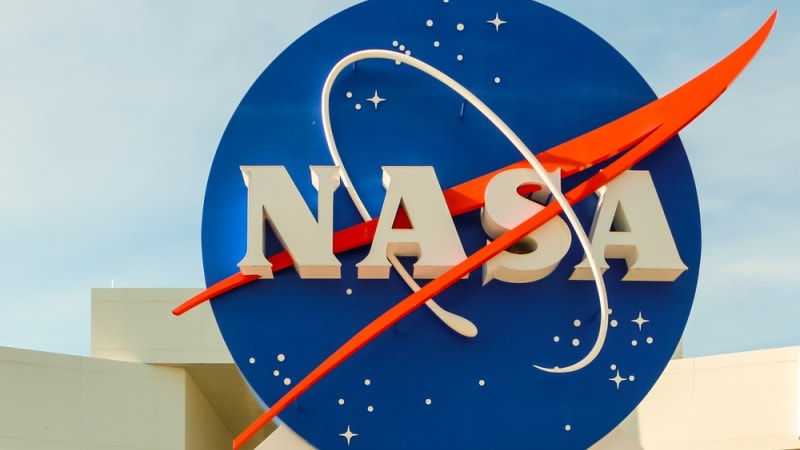
NASA has awarded Lockheed Martin a new $2.27 billion contract to develop and build the next generation of weather satellite constellation – dubbed Geostationary Extended Observations (GeoXO) – for the National Oceanic and Atmospheric Administration (NOAA).
The contract baseline calls for the development of three spacecraft, with the possibility of four additional spacecraft.
“Our team is excited and ready to move forward to design and field this critical national capability,” said Kyle Griffin, vice president and general manager of Commercial Civil Space at Lockheed Martin.
The satellite technology will be based on Lockheed Martin’s modernized LM210 satellite bus and will be deployed in 2030, with planning calling for the satellites to operate through the late 2050s.
The GeoXO mission is part of a continuing effort to expand the capabilities of observing weather, looking to better understand how the oceans and air pollution play a key role in developing weather patterns.
The mission also looks to advance the current capabilities of delivering better weather forecasting that can have detrimental effects on vital infrastructure and economy.
“Our GeoXO design draws heavily from what we’ve learned with GOES-R spacecraft over the last 15 years, while incorporating new, digital technologies not only onboard the vehicles but in the design and development of this powerful, weather-monitoring platform of the future,” Griffin said.
